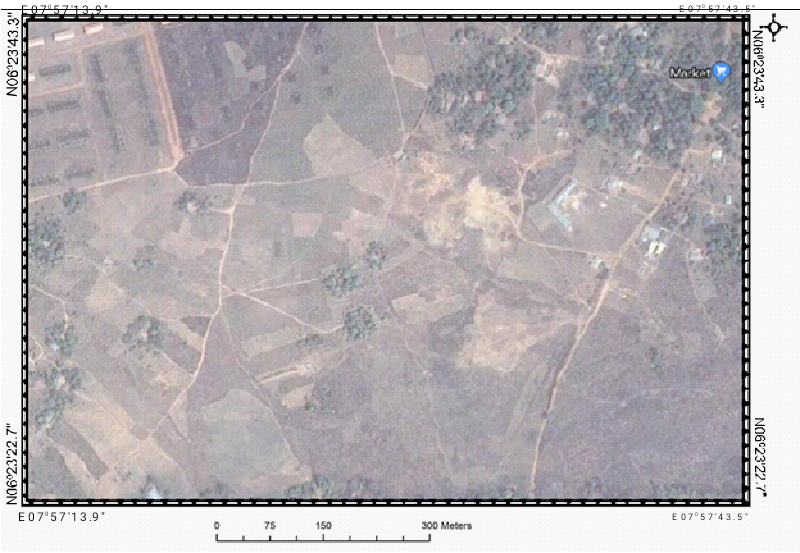
Lead – zinc exploration was done in other to determine the occurrence, trends and depth of the Lead-zinc ore deposit at a cadastral unit covering 1km² being and situate at Ezzamgbo community , Ebonyi State , the survey was done by Padon Geoconsult.
Mineral is a naturally occurring solid chemical substance that is formed through geological processes and has a distinctive chemical composition, highly ordered atomic structure and specificphysical properties. Ore is seen as the rocks from which minerals are mined for economic purposes. The epigenetic lead-zinc-barite fluorite deposits of the Benue Trough are localized in N-S trending fractures developed within the Lower Cretaceous Albian shales, limestone and arkosic sandstones. The mineralogy of the sulfide deposits consists mainly of sphalerite and galena, with minor chalcopyrite and marcasite, with quartz and siderite being the dominant gangue minerals. The ores of the Abakaliki-Ishiagu deposits consist of massive sphalerite, galena, chalcopyrite, marcasite, siderite, calcite and quartz in descending abundance. The constituents of these important elements in those ores are indication that metallurgical industries can be cited in the Ikwo area of Ebonyi State to help harness these beneficial minerals. This will go a long way to improve the living standard of both the local government area, state and the nation in general. With the help of the geological, geophysical and geochemical survey, the concentration, trend of fractures housing the minerals and the depth of its occurrence can be delineated. The ore reserve calculations will help to know if the deposit is of economic quantity and this will draw the attentions of investors who will help to harness the economic deposit and as well provide for the communities some necessary infrastructures’which aids development.

The aim of this geological/geophysical survey is to discover the locations, trends and thedepth of identified minerals within the area of interest.
Specific objectives include;
i. To map the lithological units underlying the study area
ii. To make a detailed description of different rock types exposed in the study area and note the physical/structural features on the surface.
iii. To run a detailed integrated geophysical survey (resistivity, IP, EM) which aid to delineate areas of solid mineral deposit and also defining the depth
Ezzamgbo is one of the largest communities in Ohaukwu Local Government Area of Ebonyi State. It is situated on the northern part of Ebonyi State. It has a land mass of approximately 500 kilometers square and shares border with Ishielu, Ezza North and Ebonyi Local Government Areas.

Location map of the study area Ezzamgbo, Southeastern Nigeria
The Benue trough is a known metallogenic province (Ford 1981) with the following mineral districts namely;
(i) The Abakaliki- Ishiagu lower Benue mineral district
(ii) The Arufu-Akwana – Azara middle Benue mineral district
(iii) The Zurak-Wase Upper Benue mineral district.
The Abakaliki- Ishiagu district consists of Isiagu deposit, the Enyigba lead-zinc deposit, the Ameri deposits, the Ameka deposit and the Akpatakpa lead-zinc deposit all belonging to the Lower Benue group. The deposits are hosted by black carbonaceous shales while at Ishiagu the shales are intercalated by siltstone- bands. In all the localities the sediments dip gently at about 30 degrees.
The Ishiagu lead-zinc deposits was investigated using the Electrical resistivity and self- potential methods by Isife et. al., (2000). They found out that shallow water table was about 20m from the surface and that this depth approximately corresponded with the depth of the ore-body. Electrical measurements also showed that structural elements that controlled mineralization in Ishiagu area are joints and fractures.
Orajaka (1965) studied the lead-zinc deposits at Enyigba, Ameri and Ameka and observed the abundant development of gangue and ore minerals in partially filled veins and cavities. On the basis of the observed features, he suggested cavity-filling processes of deposition from a telemagmatic source.